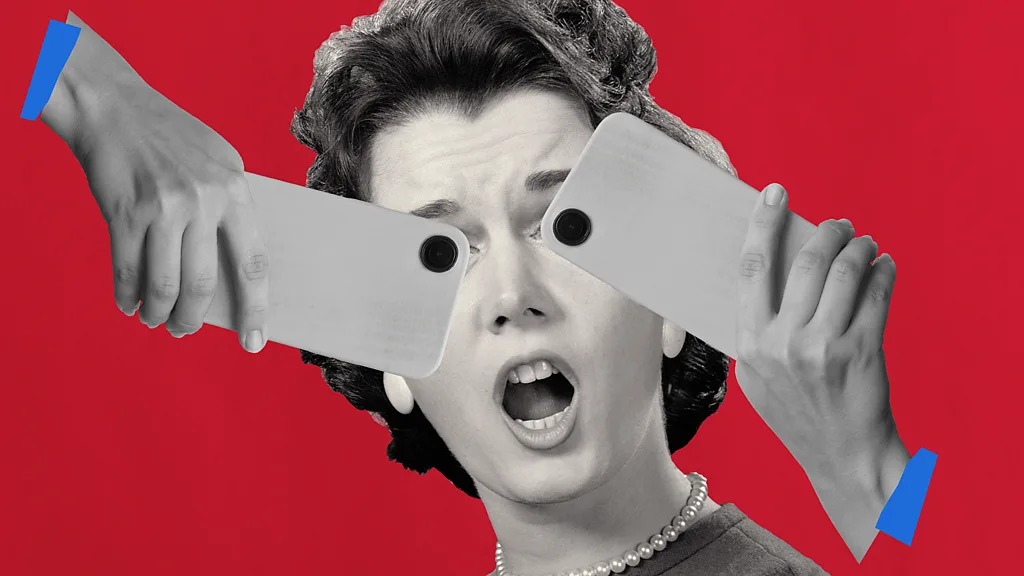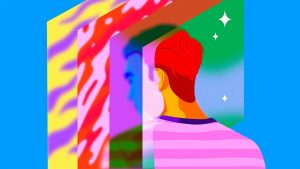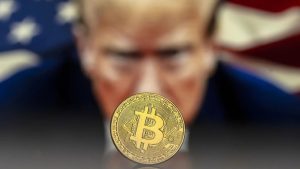
How Online Images Shape Perceptions and Biases
How online images shape perceptions is an increasingly relevant topic in our digital age. From social media feeds to search engines, digital images bombard us daily, influencing how we see and understand the world. Recent research reveals that our exposure to these visuals not only reflects societal biases but can also reinforce them, creating a loop that alters our views over time.
The Power of Visual Influence
Studies show that digital images contribute significantly to our implicit biases. One study analyzing Google and Wikipedia images of professions, for example, found strong gender stereotypes. Certain occupations, like “doctor” or “scientist,” were overwhelmingly depicted as male, while roles like “nurse” were shown as female. This prevalence of stereotyped imagery demonstrates how online images shape perceptions, subtly influencing viewers’ ideas about gender roles and professions.
For a deeper look into the effects of digital visuals, visit BBC’s coverage.
How AI Models Reinforce Bias
As AI models become increasingly integrated into our daily lives, the biased images they generate can further shape public perceptions. A recent experiment with AI showed that certain biases persist across professions and attributes, with most images depicting a particular demographic. This trend emphasizes how online images shape perceptions and the feedback loop created by repeated exposure to biased visuals.
Why the Images We Consume Matter
Researchers found that participants exposed to gender-biased images on Google Images showed higher implicit gender biases after their searches. Visual-based platforms like Instagram, TikTok, and Snapchat intensify this effect by rapidly circulating image-based content. The more we consume biased images, the more these representations shape our beliefs, demonstrating how online images shape perceptions on a global scale.
Taking Control of Visual Consumption
While tech and AI companies bear responsibility, we can take steps to manage our own digital consumption. Curating a more diverse social media feed or adjusting search query phrasing to obtain balanced images can help offset these influences. Marine Tanguy’s The Visual Detox suggests strategies such as limiting screen time, deleting unused apps, and spending time in offline environments to counteract the dominance of digital images in our lives.
The Evolutionary Perspective
Throughout human history, visual consumption was minimal compared to today. For the vast majority of our evolutionary timeline, images were rare, and people primarily interacted with the natural world. How online images shape perceptions reflects a new phenomenon that could have a profound impact on how we relate to each other and our surroundings. This modern reliance on digital visuals contrasts starkly with the real-world experiences of earlier generations.
Why Awareness Is Key
As we navigate this digital era, awareness of how online images impact us becomes essential. Digital visuals are crafted to capture attention and often to influence opinions, whether about products or social issues. Recognizing how online images shape perceptions helps us make informed choices, encouraging more conscious engagement with digital content.
In our image-saturated world, reducing screen time and engaging more with the real world may help restore balance to our perspectives. By being mindful of the digital images we consume, we can foster a more balanced and realistic view of the world around us.





